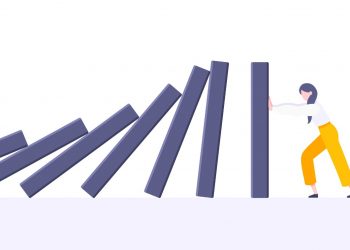RISMEDIA, April 3, 2009-(MCT)-With the continuing economic struggles that Americans are facing on a daily basis, there are signs that that people are beginning to embrace the lessons of the Great Depression.
Over the past year, the country’s savings rate increased from 0.3% in 2007 up to 3.2% in 2008 as Americans keep a close eye on where their money goes, and how much of it they spend. Experts predict that this number could double in the next couple of years.
In addition to more money being saved, a recent study by the National Gardening Association found that family gardens could increase this year by 19% – or 7 million households – as more people look to save money on fruits, vegetables and herbs.
“This is something people are starting to do again, saving and paying down debt,” says John Gandar, a UNC Charlotte economics professor. “But we will not know how widespread the practice is for another year or two.”
Experts say most of those who survived the Depression learned to protect themselves by living modestly, saving money and avoiding credit debt. It is a way of life some say could be, and probably should be, a blueprint for enduring economic hardship.
University of North Carolina-Charlotte sociologist Philip Rutledge says: “This could mark the end of the consumer culture that has become so prevalent.” The last time Americans carried so much credit debt was the year the stock market crashed and the country plunged into the Depression.
According to a Columbia University study, the country’s credit debt has reached 100% of the gross domestic product (GDP). In other words, Americans owe as much as the country owns or produces in a year. The last time this happened was 1929.
Americans in the early 1920s, like Americans today, lived beyond their means. Only after the stock market crashed, banks closed, farms folded and people lost their life savings, did spending habits change. Over the next 40 years, Americans used credit conservatively – keeping debt below 50% of the GDP until the mid-1980s.
Then, spending took off and the country’s debt climbed steadily to a peak in 2007.
Rutledge says children of the Depression grew up in such a chaotic time they dreamed of stability. The generations that followed, however, dreamed of happiness.
“For many of them, happiness equaled whatever they could buy,” Rutledge says.
© 2009, The Charlotte Observer (Charlotte, N.C.).
Distributed by McClatchy-Tribune Information Services.










